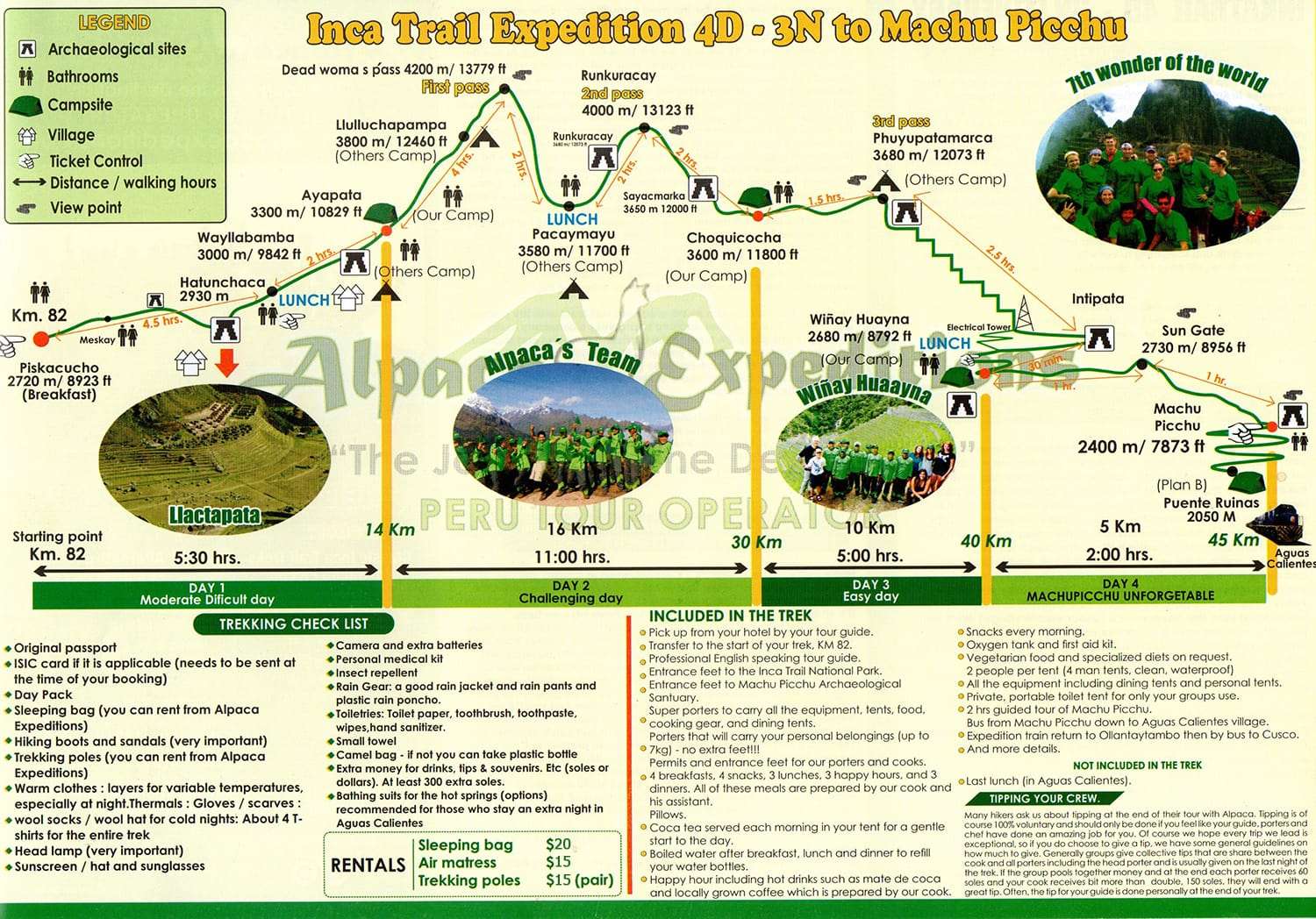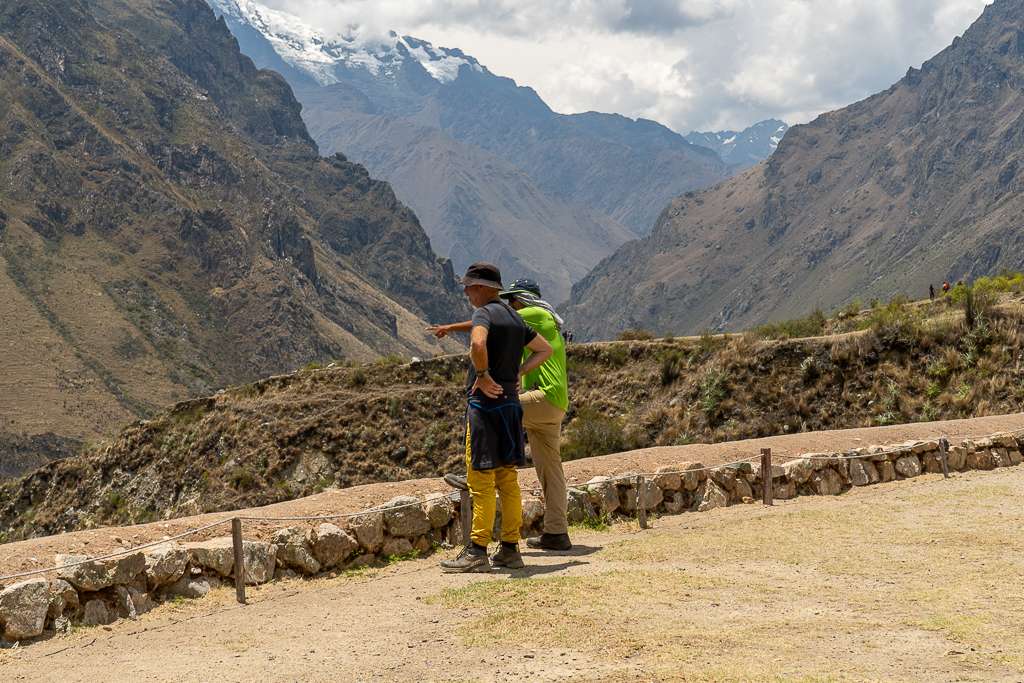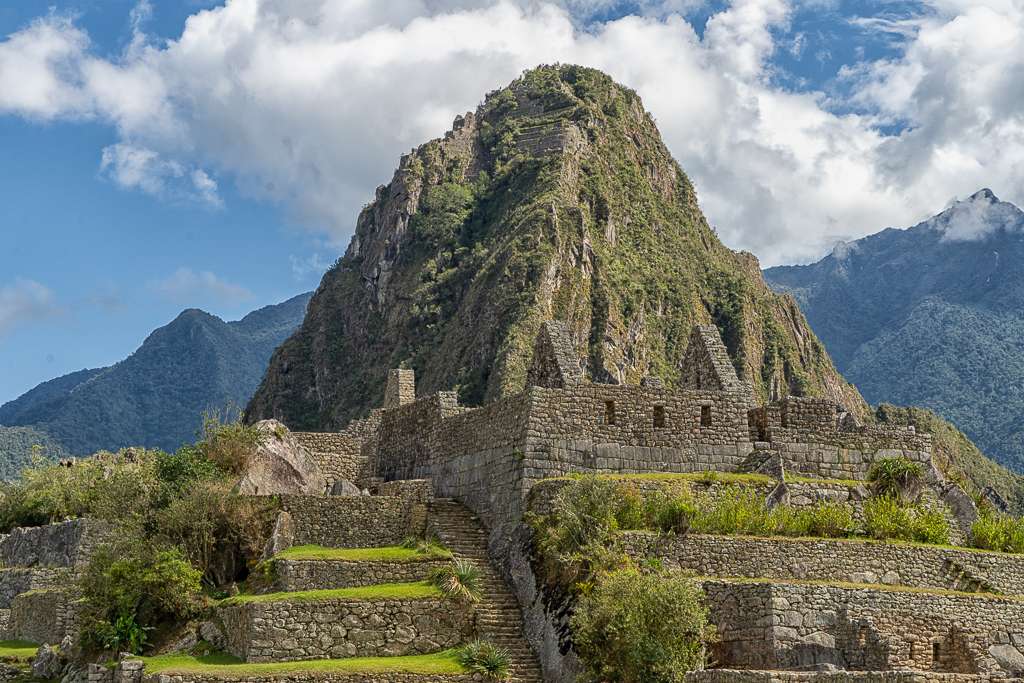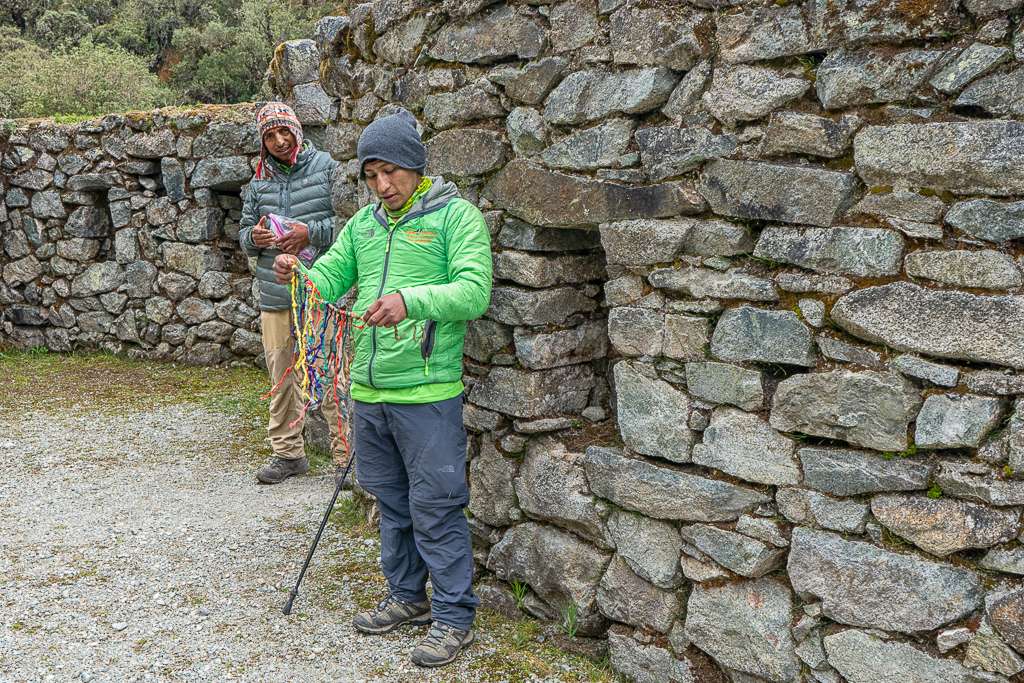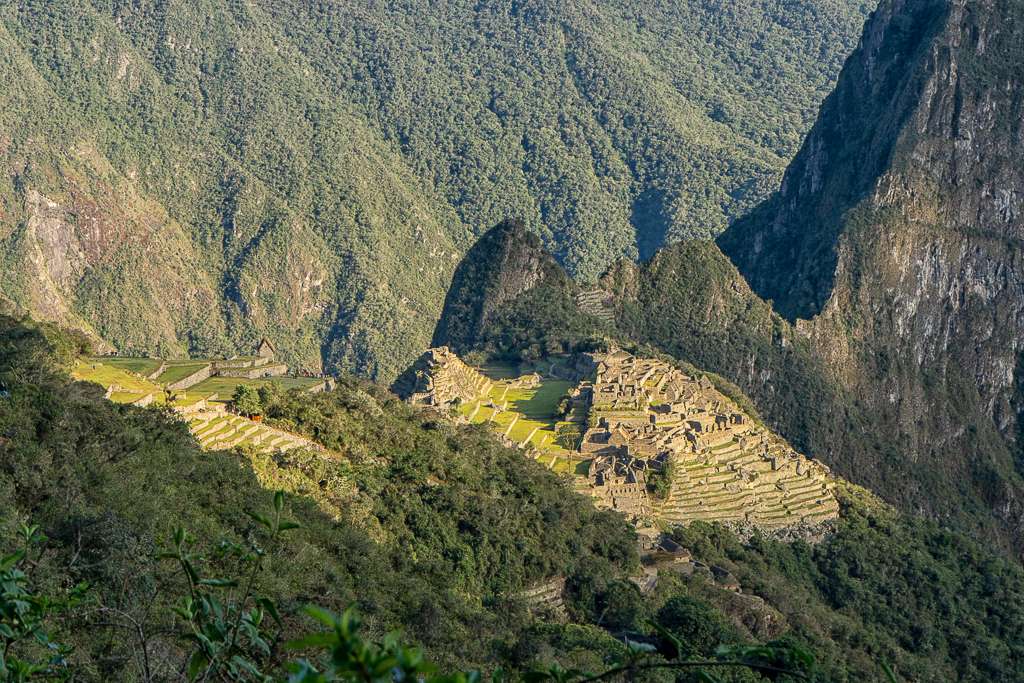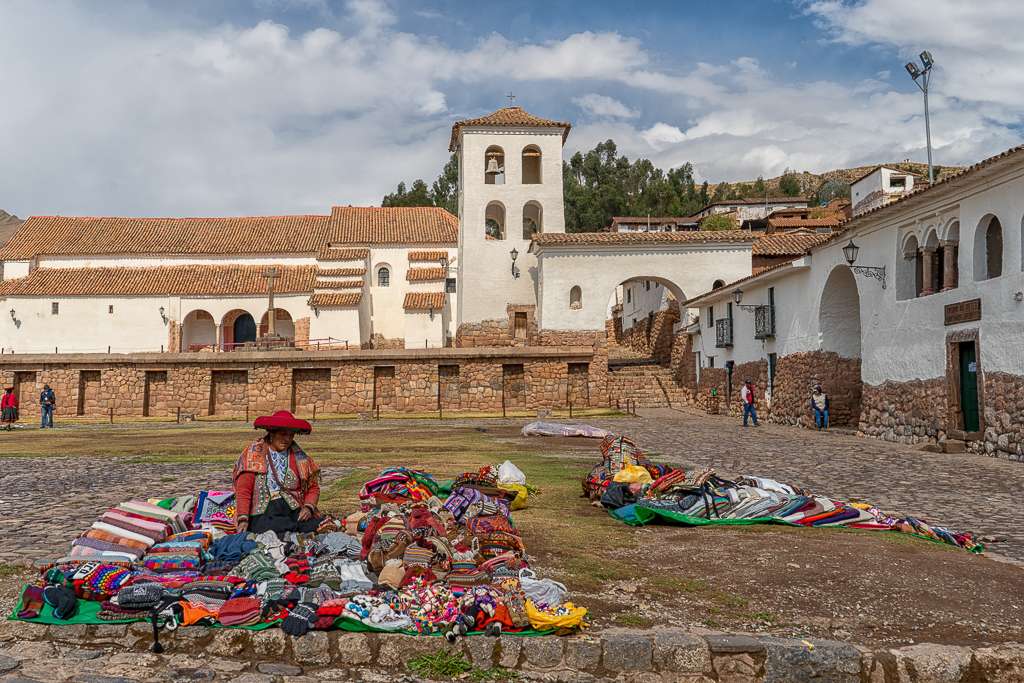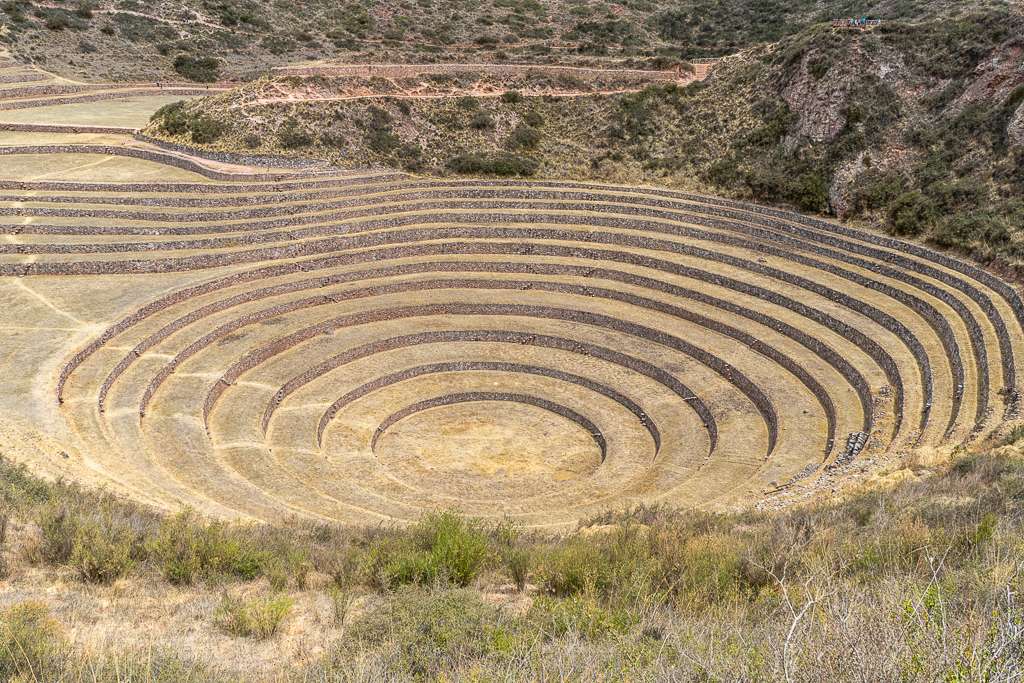
Tipon & Pikillaqta | A guide to Cusco’s southern valley
Tipon & Pikillaqta are two archeological sites that are located in Cusco’s less visited southern valley. Tipon is a large Incan site believed to be from the early fifteenth century, while Pikillaqta was built by the Wari culture that predates the Incans.



